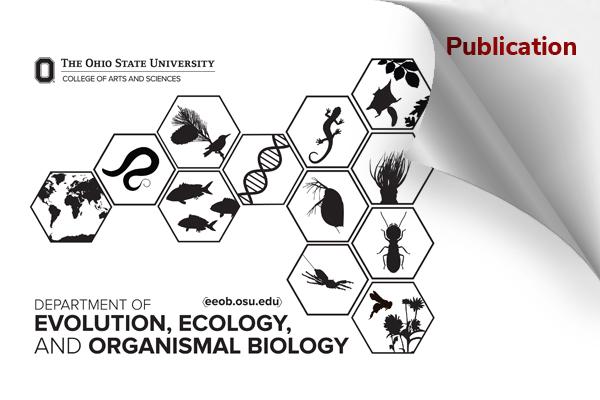EEOB Publication - Von Deylen, Gershman, & Muñoz-Garcia

Sex and mating success impact resource allocation and life history traits in Gryllus vocalis field crickets
Madison F Von Deylen, Susan N Gershman, Agustí Muñoz-Garcia. J Exp Biol. 2025 Jul 11:jeb.249976. doi: 10.1242/jeb.249976.
Abstract
Resource allocation plays a pivotal role in shaping life-history strategies, often reflecting trade-offs between growth, energy storage, and reproduction. These trade-offs are influenced by sex-specific selective pressures, with males and females adopting distinct strategies to maximize fitness. In this study, we investigated how sex and mating status affect resource allocation to morphological traits (body mass, fat mass, gonadal mass, and gut mass) and metabolic rate in Gryllus vocalis field crickets. Our findings reveal marked differences between sexes: females allocated more resources to direct reproductive investment, particularly when mated, while males prioritized structural size and energy storage. Notably, mating status significantly influenced female reproductive investment but had a minimal effect on males, suggesting that male reproductive success is more influenced by competition than direct reproductive effort. These results contribute to our understanding of the physiological limits to the evolution of traits driving fitness in crickets.
